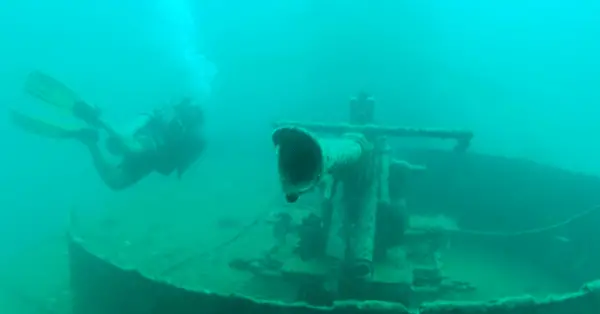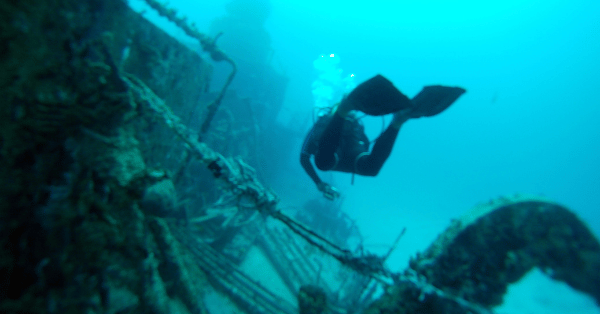Exploring El Pit Cenote – An Incredible Dive Site in Tulum
The El Pit cenote dive site in the Riviera Maya is located just 15.5 miles (25 km) outside of Tulum, Mexico. This hidden gem only 1.7 miles (2.8 km) away from Dos Ojos provides divers with an unforgettable experience. It’s one of the deepest cenote dives in Tulum, and most memorable at the same time. Let’s explore why.
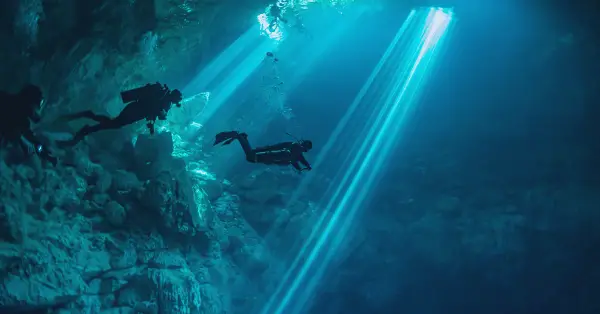
What is El Pit?
El Pit is a cenote, or natural underground sinkhole, filled with fresh and salt water. This popular dive spot features a large oval-shaped opening with steps leading down into the water and is surrounded by lush tropical vegetation. The maximum depth for certified divers is 100 feet/30 meters. A fascinating acid layer is at 88 ft/27 m.
Diving Requirements for El Pit
In order to dive at El Pit, divers must obtain the advanced open water certification or need to book a deep dive adventure. It is a deep dive. Some operators may bring open water divers here until their maximum depth limit of 40 feet/18 meters.
El Pit is an open cenote and therefore does not require a cavern specialty certification.
Furthermore, you must be healthy and fit for diving.
Features of El Pit
The most incredible thing about diving at El Pit is the sights you will see underwater! From stalactites clinging to the ceiling to visibility that extends up to 100 feet, this cenote offers some truly breathtaking views! The temperature remains warm year-round at 78 °F (25 °C). The viewability at El Pit is 100 feet and often even more.
The lighting is one of the most unique diving experiences. It’s best to come here on a sunny day in the morning or afternoon when the sunlight beam hits the cenote and its water and cloud layers.
Descend around forty to sixty feet into the opening chamber, and you’ll come across the halocline, where freshwater and seawater intersect. This is also where your view becomes truly captivating as light disperses in various directions due to the distinct waters.
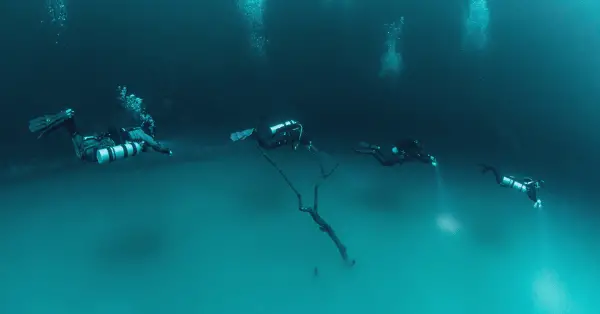
Dive down below the halocline to around 100 feet, you’ll discover the mysterious hydrogen sulfur cloud layer (Halcyon Layer). It looks like fog or a cloud and is often mistaken for the ground. The Halcyon Layer is a dark, eerie atmosphere accompanied by floating branches and rocks that seem to appear out of nowhere! Further on lies the bottom of your first subterranean cave – a remarkable sight just waiting for you to explore.
The same natural phenomena can be found in Cenote Angelita.
The dive at El Pit
The entrance from the jungle is steep and narrow steps. You can use provided pulleys for lowering heavy equipment as necessary. When the entire group is fully equipped in the water, start your descent together in the middle of the cenote.
Once you descend through the shallow halocline (the point where saltwater meets fresh) at 27 meters, make your way down to the hydrogen sulfide cloud at 30 m. It may seem that you’ve reached the cavern floor.
Don’t forget to look up and down and witness the unique light changes as you descend through the cenote.
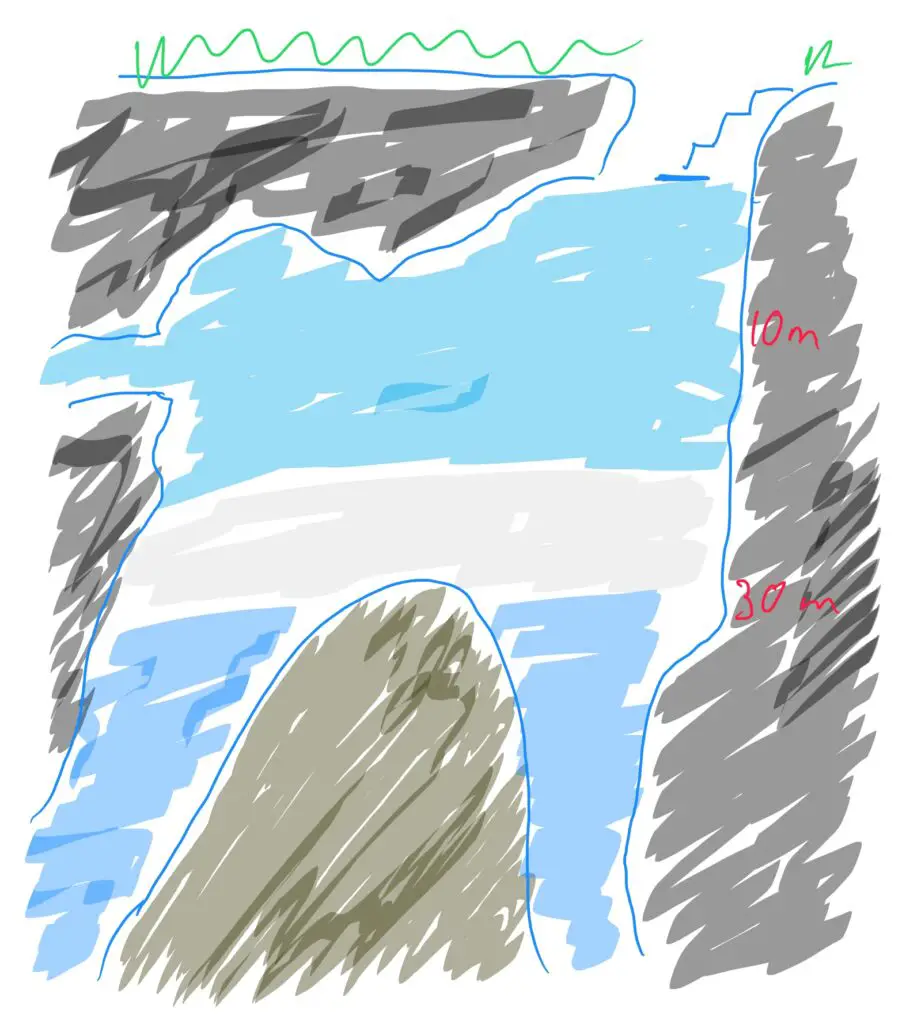
The dive itself takes about 40 minutes with a safety stop at 5 meters to enjoy the light beams making their way through the freshwater, saltwater, and cloud layers.
El Pit Cenote Dive Brief
- Level of certification required: Advanced Open Water or previous deep dive adventure
- Last dive: within the last 12 months
- Maximum dive depth: 100 feet/30 meters
- Halocline (acid layer): 27 meters
- Hydrogen Sulfur (cloud layer): 100 feet/30 meters
- Dive time: 40 min
- Water temperature: 78 °F / 25 °C
- Visibility: 100+ feet/ 30+ meters
Conclusion
For any scuba diver looking for an unforgettable adventure, exploring El Pit cenote in Tulum is a must! With its tranquil surroundings towering above and its incredible sights below, this hidden gem offers something truly special that few other places can match. So if you’re interested in exploring this part of Mexican culture and history, make sure to add it to your itinerary.


